Home>Furniture & Design>Bathroom Accessories>How To Clean A Bidet Nozzle
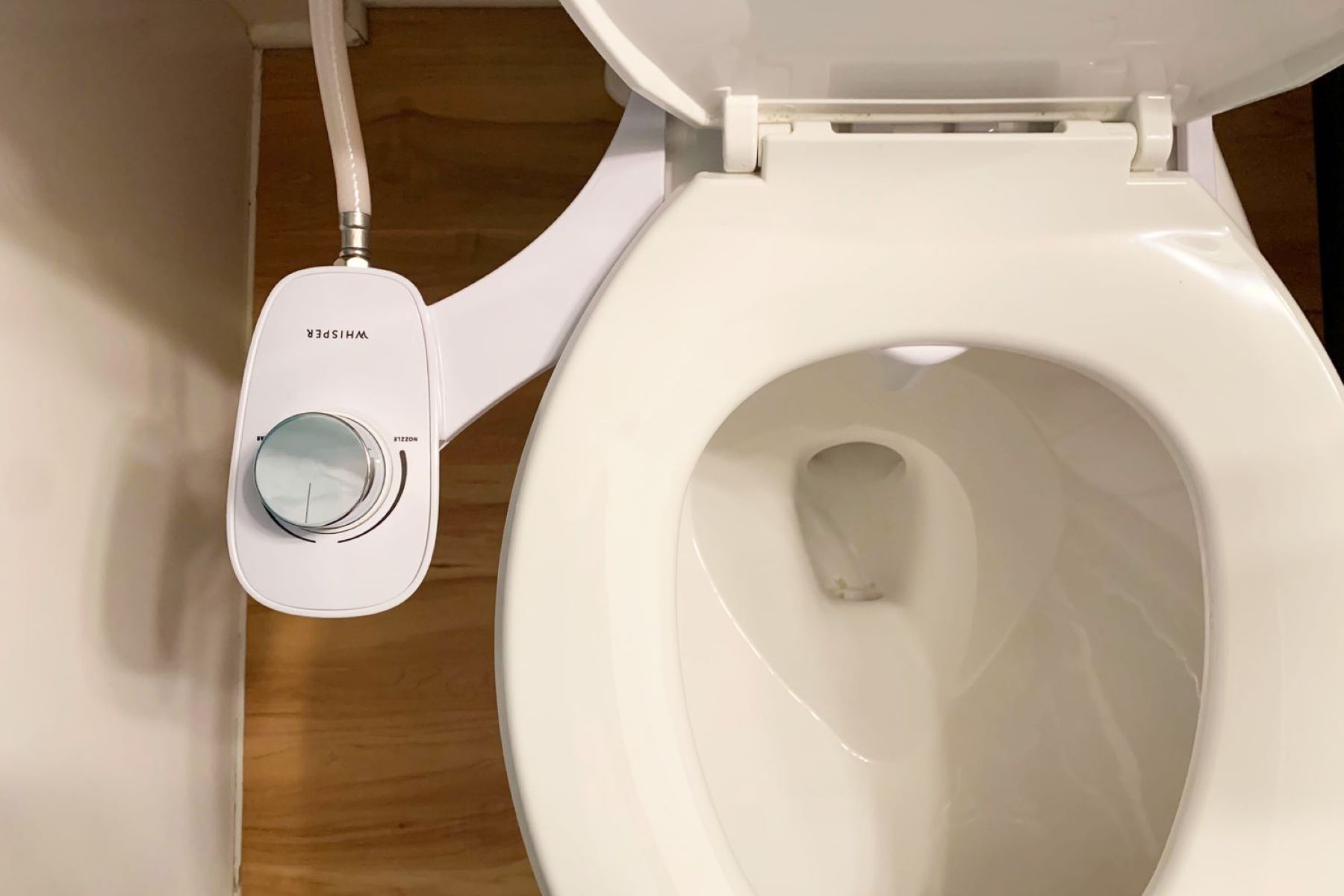

Bathroom Accessories
How To Clean A Bidet Nozzle
Modified: February 18, 2024
Learn how to properly clean a bidet nozzle and maintain hygiene in your bathroom. Discover the best practices for maintaining bathroom accessories.
(Many of the links in this article redirect to a specific reviewed product. Your purchase of these products through affiliate links helps to generate commission for Storables.com, at no extra cost. Learn more)
Introduction
Cleaning a bidet nozzle is an essential part of maintaining proper hygiene and ensuring the optimal functionality of your bidet. Over time, mineral deposits, bacteria, and other impurities can accumulate on the nozzle, potentially compromising its performance and cleanliness. By regularly cleaning the bidet nozzle, you can effectively remove buildup and maintain a sanitary environment in your bathroom.
Proper cleaning of the bidet nozzle not only contributes to a more hygienic bathroom experience but also helps to prolong the lifespan of the bidet system. Neglecting the cleanliness of the nozzle can lead to clogging, reduced water flow, and potential malfunctions, which can be inconvenient and costly to address. Therefore, incorporating regular cleaning into your bathroom maintenance routine is crucial for the overall functionality and longevity of your bidet system.
In this comprehensive guide, we will walk you through the step-by-step process of cleaning a bidet nozzle effectively. From turning off the water supply to reattaching the freshly cleaned nozzle, each step is designed to ensure a thorough and efficient cleaning process. By following these instructions, you can maintain a clean and fully functional bidet system, promoting a hygienic and comfortable bathroom experience for you and your family.
Now, let's dive into the detailed steps to clean a bidet nozzle and ensure that your bathroom remains a clean and inviting space for everyone.
Key Takeaways:
- Regularly cleaning your bidet nozzle with vinegar solution and gentle scrubbing ensures a hygienic bathroom experience and prolongs the bidet system’s lifespan, preventing clogging and malfunctions.
- Turning off the water supply before removing and reattaching the bidet nozzle creates a safe environment, preventing water spillage and potential damage to the bidet system.
Read more: How To Clean Brondell Bidet Nozzle
Step 1: Turn off the water supply
Before beginning the cleaning process, it is crucial to turn off the water supply to the bidet to prevent any accidental spraying or water leakage. This step is essential for ensuring safety and avoiding any potential mess during the cleaning procedure.
Locate the shut-off valve connected to the bidet's water supply line. In most cases, the shut-off valve is positioned near the toilet or directly behind the bidet fixture. Turn the valve clockwise to shut off the water flow to the bidet. It's important to verify that the water supply is completely turned off by testing the bidet's control panel or manually activating the nozzle to ensure no water is being dispensed.
By turning off the water supply, you create a safe environment to work on the bidet nozzle without the risk of water spillage or unexpected spraying. This precautionary measure also prevents any potential damage to the bidet system and surrounding areas during the cleaning process.
Once the water supply is securely turned off, you can proceed with confidence to the next steps of removing and cleaning the bidet nozzle. Remember, safety should always be a top priority when performing maintenance tasks in the bathroom, and turning off the water supply is the first crucial step in ensuring a safe and effective cleaning process.
With the water supply successfully turned off, you are now ready to move on to the next step of removing the bidet nozzle for thorough cleaning and maintenance.
Step 2: Remove the bidet nozzle
Removing the bidet nozzle is a fundamental step in the cleaning process, allowing for thorough access to the entire nozzle for effective cleaning and maintenance. Here's a detailed guide on how to remove the bidet nozzle safely and efficiently:
-
Locate the Nozzle Housing: Begin by identifying the nozzle housing, which is typically positioned at the rear or underside of the bidet fixture. The housing encases the bidet nozzle and provides access for removal and cleaning. Depending on the bidet model, the housing may be secured with screws, clips, or a twist-lock mechanism.
-
Use Appropriate Tools: Depending on the type of fastening mechanism, gather the necessary tools for removing the bidet nozzle housing. This may include a screwdriver, pliers, or a wrench, depending on the specific fastening method employed by the bidet manufacturer.
-
Follow Manufacturer's Instructions: Refer to the bidet's user manual for specific instructions on removing the bidet nozzle. Different bidet models may have unique removal procedures, and it's essential to follow the manufacturer's guidelines to avoid damaging the nozzle or the bidet system.
-
Unfasten the Nozzle Housing: Carefully unfasten the screws, clips, or twist-lock mechanism securing the nozzle housing. Exercise caution to avoid applying excessive force that could cause damage to the bidet fixture or the nozzle itself. If you encounter resistance, refer to the user manual or seek assistance from a professional to ensure safe removal.
-
Detach the Nozzle Housing: Once the fasteners are loosened, gently detach the nozzle housing from the bidet fixture. Take care to note the orientation and arrangement of any components within the housing, as this will aid in reassembly after cleaning the bidet nozzle.
By following these steps, you can safely remove the bidet nozzle and gain access to the nozzle for thorough cleaning. With the nozzle housing removed, you are now ready to proceed to the next steps of soaking, scrubbing, and reattaching the bidet nozzle to ensure a clean and hygienic bathroom experience.
Remember, proper removal of the bidet nozzle is essential for effective cleaning and maintenance, and following the manufacturer's instructions is crucial to prevent any damage to the bidet system. With the bidet nozzle successfully removed, you are one step closer to achieving a pristine and fully functional bidet system in your bathroom.
Step 3: Soak the nozzle in vinegar solution
Soaking the bidet nozzle in a vinegar solution is a highly effective method for removing mineral deposits, bacteria, and other impurities that may have accumulated over time. Vinegar, known for its natural cleaning properties, can help dissolve stubborn buildup and disinfect the nozzle, ensuring a thorough and hygienic cleaning process.
Here's a detailed guide on how to soak the bidet nozzle in a vinegar solution:
-
Prepare the Vinegar Solution: Begin by preparing a solution of white vinegar and water. A commonly recommended ratio is equal parts of vinegar and water, although the concentration may vary based on the severity of the buildup. For mild to moderate buildup, a 1:1 ratio is typically sufficient, while a stronger solution may be necessary for more stubborn deposits.
-
Submerge the Nozzle: Place the bidet nozzle in a container or bowl large enough to fully submerge it in the vinegar solution. Ensure that the entire nozzle, including the openings and internal channels, is completely immersed in the solution. This allows the vinegar to penetrate and dissolve any mineral deposits and impurities within the nozzle.
-
Allow Sufficient Soaking Time: Let the bidet nozzle soak in the vinegar solution for an adequate period to facilitate the breakdown of buildup and disinfection. The soaking time may vary depending on the severity of the deposits, ranging from 30 minutes to a few hours. For particularly stubborn buildup, an overnight soak may be necessary to achieve optimal results.
-
Agitate the Solution: Periodically agitate the vinegar solution while the bidet nozzle is soaking to enhance the cleaning process. Gently swirling or stirring the solution helps dislodge and dissolve the buildup, ensuring thorough cleaning and disinfection of the entire nozzle.
-
Rinse and Inspect: After the soaking period, carefully remove the bidet nozzle from the vinegar solution. Rinse the nozzle thoroughly with clean water to remove any residual vinegar and dislodged deposits. Inspect the nozzle to ensure that it is free from buildup and impurities, and visually confirm that the internal channels are clear and unobstructed.
By following these steps, you can effectively soak the bidet nozzle in a vinegar solution to remove mineral deposits, disinfect the nozzle, and restore optimal functionality. This natural cleaning method offers a safe and eco-friendly approach to maintaining a clean and hygienic bidet system in your bathroom. With the bidet nozzle successfully soaked and cleaned, you are now prepared to proceed to the next steps of scrubbing and reattaching the nozzle, ensuring a thorough and effective cleaning process.
Use a soft brush and mild soap to clean the bidet nozzle. Gently scrub the nozzle to remove any buildup or residue. Rinse thoroughly with water before using.
Step 4: Scrub the nozzle
After soaking the bidet nozzle in the vinegar solution to dissolve mineral deposits and disinfect the surface, the next crucial step is to scrub the nozzle thoroughly. Scrubbing helps to dislodge any remaining buildup, residue, or debris, ensuring that the entire surface of the nozzle is clean and free from impurities. Here's a detailed guide on how to effectively scrub the bidet nozzle:
-
Use a Soft-bristled Brush: Select a soft-bristled brush, such as a toothbrush or a dedicated nozzle cleaning brush, to gently scrub the entire surface of the bidet nozzle. The soft bristles help to dislodge buildup without causing damage to the delicate components of the nozzle.
-
Focus on Openings and Channels: Pay particular attention to the openings and internal channels of the bidet nozzle. Use the brush to carefully clean these areas, ensuring that any remaining deposits or residue are effectively removed. Thorough cleaning of the openings and channels is essential for restoring optimal water flow and preventing potential clogging.
-
Apply Gentle Pressure: While scrubbing the bidet nozzle, apply gentle and even pressure to dislodge buildup without causing damage. Avoid using excessive force, as this could potentially damage the delicate components of the nozzle or alter its functionality.
-
Rinse and Inspect: After scrubbing the bidet nozzle, thoroughly rinse it with clean water to remove any loosened buildup and ensure that the surface is clean and free from residue. Inspect the nozzle carefully to confirm that it is thoroughly cleaned and free from any remaining impurities.
-
Pat Dry: Once the bidet nozzle is thoroughly rinsed and inspected, pat it dry with a clean, lint-free cloth. Ensuring that the nozzle is completely dry helps to prevent water spots and maintain a pristine appearance.
By following these steps, you can effectively scrub the bidet nozzle to remove any remaining buildup and ensure that it is thoroughly clean and free from impurities. This meticulous cleaning process contributes to the overall hygiene and functionality of the bidet system, promoting a clean and comfortable bathroom experience for you and your family. With the bidet nozzle successfully scrubbed, you are now prepared to proceed to the final steps of reattaching the nozzle and restoring the water supply, completing the comprehensive cleaning process.
Read more: How To Clean A Tushy Bidet
Step 5: Reattach the nozzle
Reattaching the bidet nozzle is the final step in the comprehensive cleaning process, marking the culmination of thorough maintenance and ensuring the seamless functionality of the bidet system. Here's a detailed guide on how to reattach the bidet nozzle securely and effectively:
-
Inspect the Nozzle Housing: Before reattaching the bidet nozzle, carefully inspect the interior of the nozzle housing to ensure that it is clean and free from any residual buildup or debris. Wipe the interior surfaces of the housing with a clean, damp cloth to remove any potential contaminants and prepare it for reassembly.
-
Align the Nozzle: Position the bidet nozzle in the designated location within the housing, aligning it with the corresponding openings and securing points. Take care to orient the nozzle correctly, ensuring that it aligns with the water supply and control mechanisms to facilitate proper functionality.
-
Secure the Nozzle Housing: Once the bidet nozzle is correctly positioned within the housing, proceed to secure the housing back onto the bidet fixture. Depending on the specific fastening mechanism, such as screws, clips, or a twist-lock design, carefully fasten the housing to ensure a snug and secure fit. Exercise caution to avoid over-tightening and causing damage to the housing or the bidet fixture.
-
Verify Alignment and Sealing: After reattaching the bidet nozzle, verify that it is securely aligned and sealed within the housing. Ensure that there are no gaps or misalignments that could compromise the functionality or integrity of the nozzle. Confirm that the nozzle is firmly seated and ready for the restoration of the water supply.
-
Turn on the Water Supply: With the bidet nozzle securely reattached, proceed to turn on the water supply to the bidet. Gradually open the shut-off valve to restore the flow of water to the bidet system, allowing the water to reach the reattached nozzle. Monitor the system for any signs of leakage or irregularities, ensuring that the reattachment process is successful and the nozzle functions as intended.
By following these steps, you can effectively reattach the bidet nozzle, completing the comprehensive cleaning process and restoring the bidet system to optimal functionality. With the nozzle securely reattached and the water supply restored, you can enjoy the benefits of a clean and hygienic bidet system, contributing to a comfortable and sanitary bathroom experience for you and your family.
Step 6: Turn on the water supply
After successfully reattaching the bidet nozzle and ensuring its secure alignment within the housing, the final step in the comprehensive cleaning process is to turn on the water supply to restore the functionality of the bidet system. This crucial step marks the culmination of the cleaning and maintenance procedure, allowing you to verify the proper operation of the bidet nozzle and ensure the seamless flow of water for optimal functionality.
To turn on the water supply, proceed with the following steps:
-
Gradually Open the Shut-Off Valve: Approach the shut-off valve connected to the bidet's water supply line and gradually turn it counterclockwise to open the valve. Exercise caution to avoid sudden or forceful movements, as a gradual opening helps to regulate the water flow and prevent potential water hammer effects within the plumbing system.
-
Monitor the Water Flow: As the shut-off valve is opened, monitor the flow of water to the bidet system. Listen for the sound of water entering the supply line and observe the bidet's control panel or interface for any indications of water flow. This allows you to confirm that the water supply is successfully restored and reaching the bidet nozzle.
-
Check for Leaks or Irregularities: While the water supply is being restored, carefully inspect the area around the bidet fixture and the nozzle housing for any signs of leakage or irregularities. Look for drips, moisture accumulation, or unusual sounds that may indicate a potential issue with the water supply or the reattached bidet nozzle. Address any leaks or irregularities promptly to prevent water damage and ensure the proper functioning of the bidet system.
-
Test the Nozzle Functionality: Once the water supply is fully restored, test the functionality of the bidet nozzle to ensure that it dispenses water as intended. Activate the bidet controls or panel to initiate the nozzle's operation, allowing water to flow and verifying that the nozzle functions smoothly and without any obstructions. This test confirms that the bidet system is fully operational and ready for use after the comprehensive cleaning process.
By following these steps to turn on the water supply, you can complete the final phase of the cleaning process and verify the successful restoration of the bidet system's functionality. With the water supply securely restored and the bidet nozzle functioning optimally, you can enjoy the benefits of a clean, hygienic, and fully operational bidet system in your bathroom.
Conclusion
In conclusion, maintaining a clean bidet nozzle is essential for promoting optimal hygiene and ensuring the efficient functionality of your bidet system. By following the comprehensive cleaning process outlined in this guide, you can effectively remove mineral deposits, bacteria, and impurities that may accumulate on the bidet nozzle over time. From turning off the water supply to reattaching the freshly cleaned nozzle, each step is designed to facilitate a thorough and efficient cleaning process.
Regular cleaning of the bidet nozzle not only contributes to a more hygienic bathroom experience but also helps to prolong the lifespan of the bidet system. Neglecting the cleanliness of the nozzle can lead to clogging, reduced water flow, and potential malfunctions, which can be inconvenient and costly to address. Therefore, incorporating regular cleaning into your bathroom maintenance routine is crucial for the overall functionality and longevity of your bidet system.
The step-by-step process outlined in this guide provides a systematic approach to cleaning the bidet nozzle, ensuring that every aspect of the cleaning procedure is addressed with precision and care. From soaking the nozzle in a vinegar solution to scrubbing and reattaching it, each step is crucial for achieving a clean and fully functional bidet system in your bathroom.
By turning off the water supply before removing the bidet nozzle, you create a safe environment to work on the nozzle without the risk of water spillage or unexpected spraying. This precautionary measure also prevents any potential damage to the bidet system and surrounding areas during the cleaning process.
Soaking the bidet nozzle in a vinegar solution offers a natural and effective method for dissolving mineral deposits and disinfecting the surface, ensuring a thorough cleaning process. The gentle scrubbing of the nozzle helps to dislodge any remaining buildup, residue, or debris, ensuring that the entire surface of the nozzle is clean and free from impurities.
Reattaching the bidet nozzle securely and restoring the water supply marks the culmination of the cleaning and maintenance procedure, allowing you to verify the proper operation of the bidet nozzle and ensure the seamless flow of water for optimal functionality.
Incorporating these cleaning steps into your regular bathroom maintenance routine will contribute to a clean, hygienic, and fully operational bidet system, promoting a comfortable and sanitary bathroom experience for you and your family. By following these guidelines, you can maintain a pristine bidet system, ensuring that your bathroom remains a clean and inviting space for everyone.
Frequently Asked Questions about How To Clean A Bidet Nozzle
Was this page helpful?
At Storables.com, we guarantee accurate and reliable information. Our content, validated by Expert Board Contributors, is crafted following stringent Editorial Policies. We're committed to providing you with well-researched, expert-backed insights for all your informational needs.
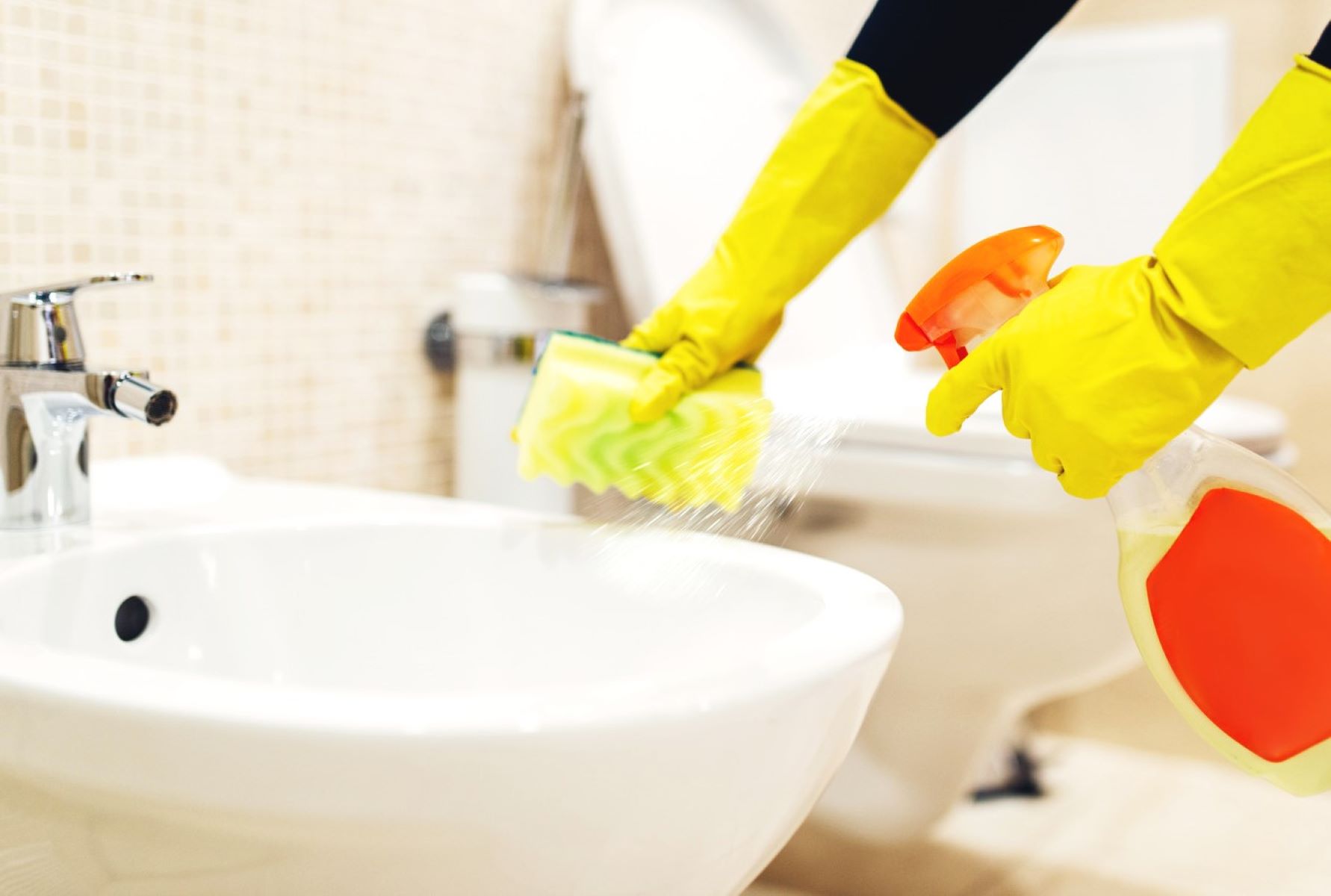
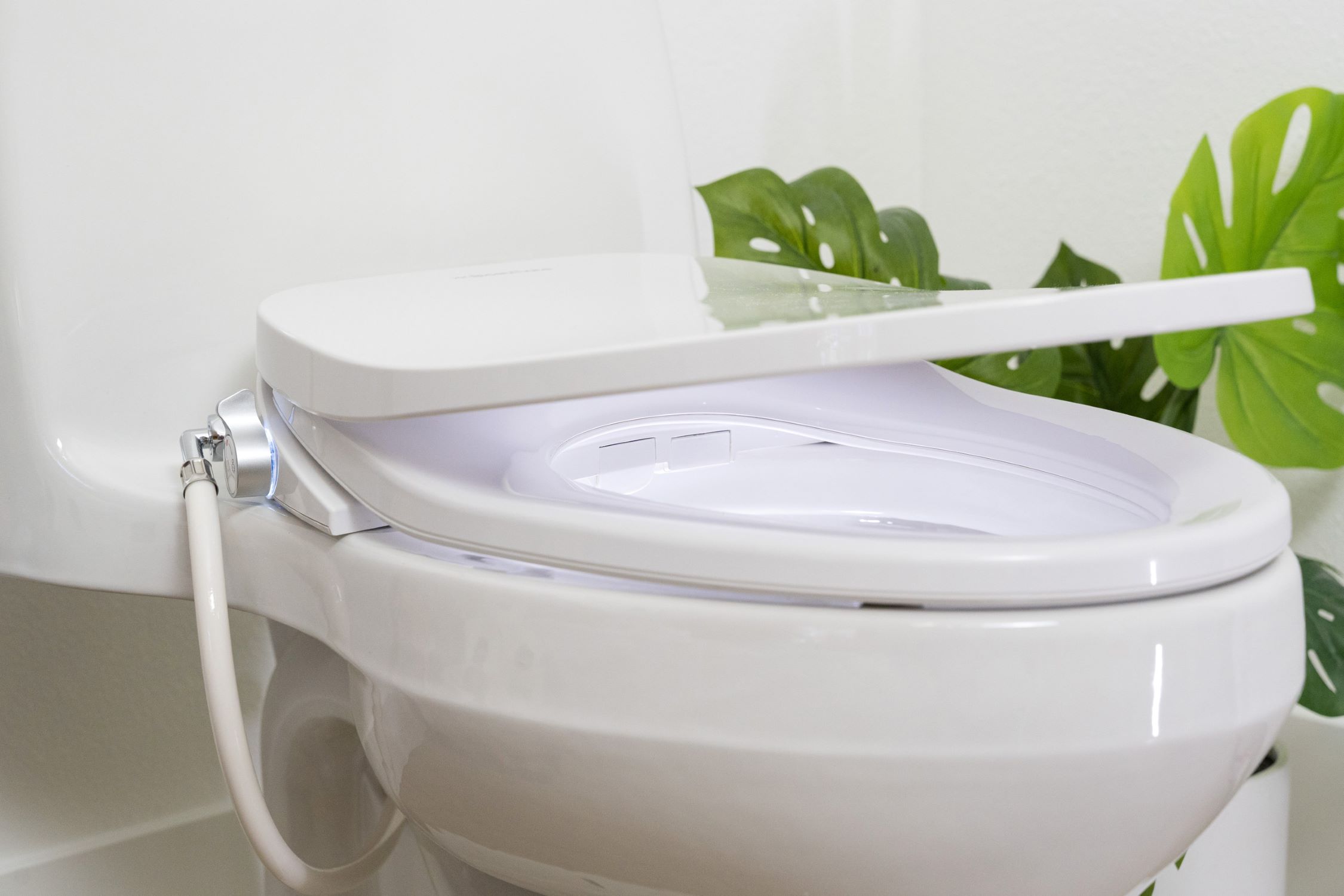
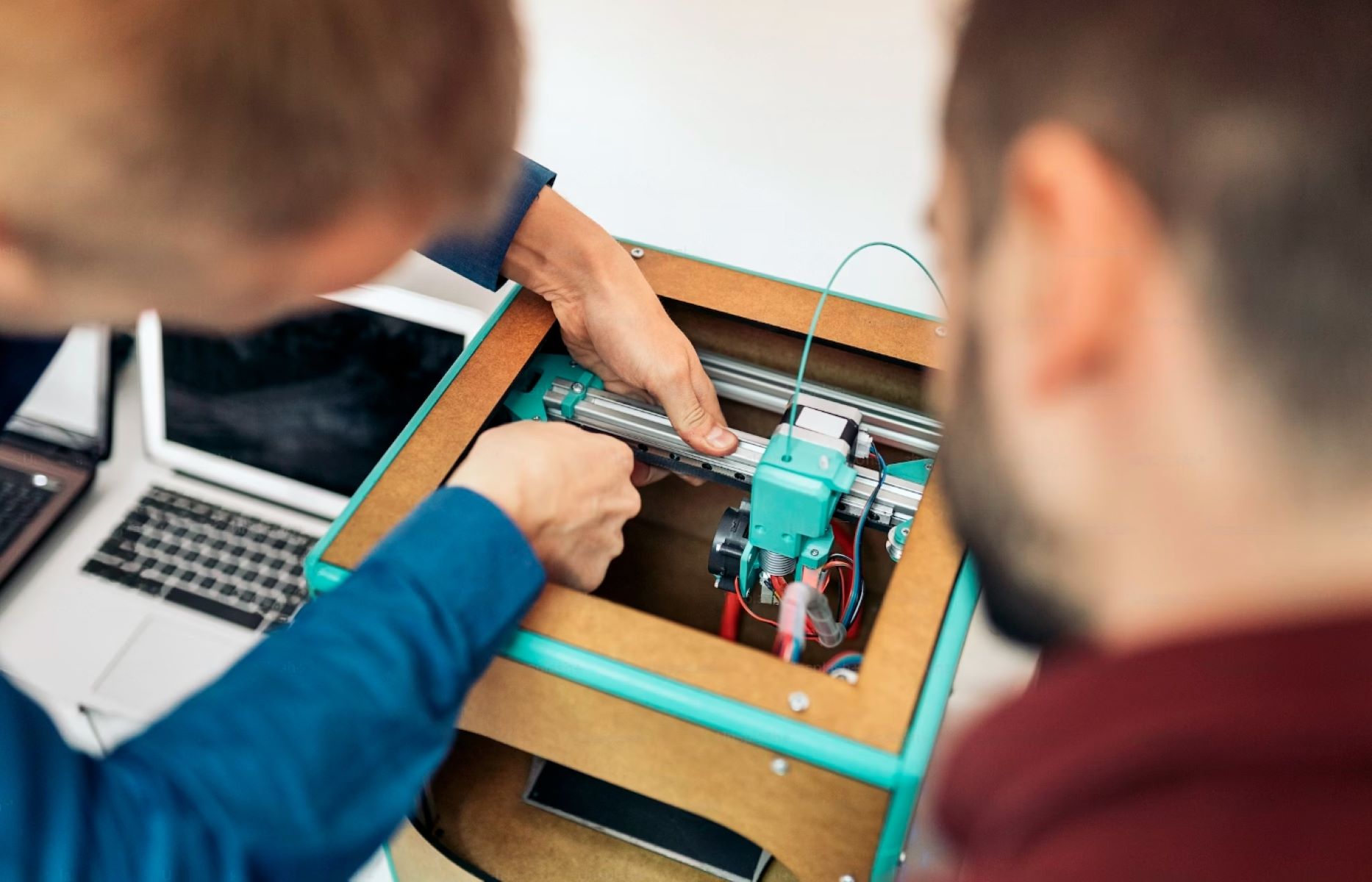
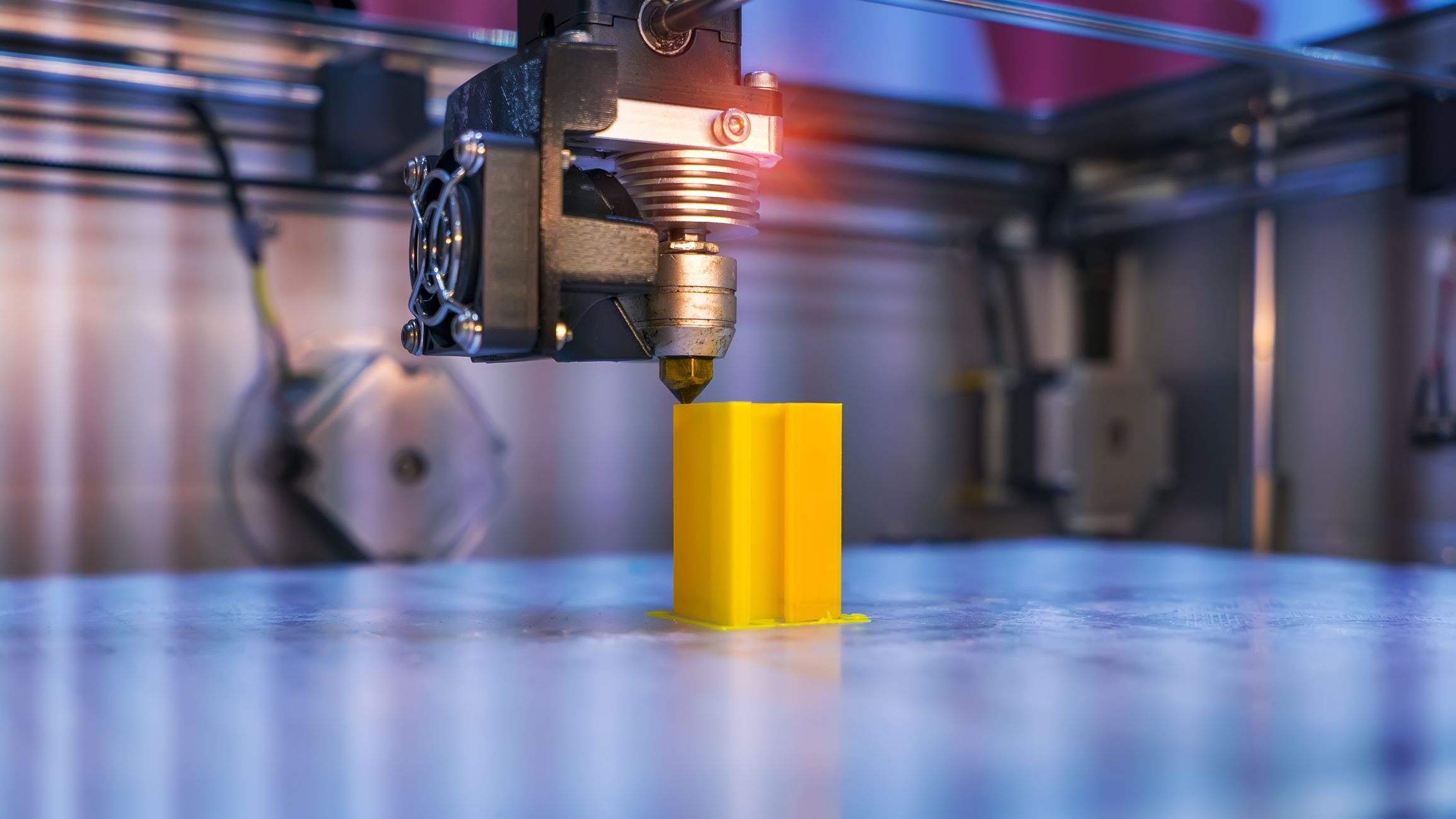
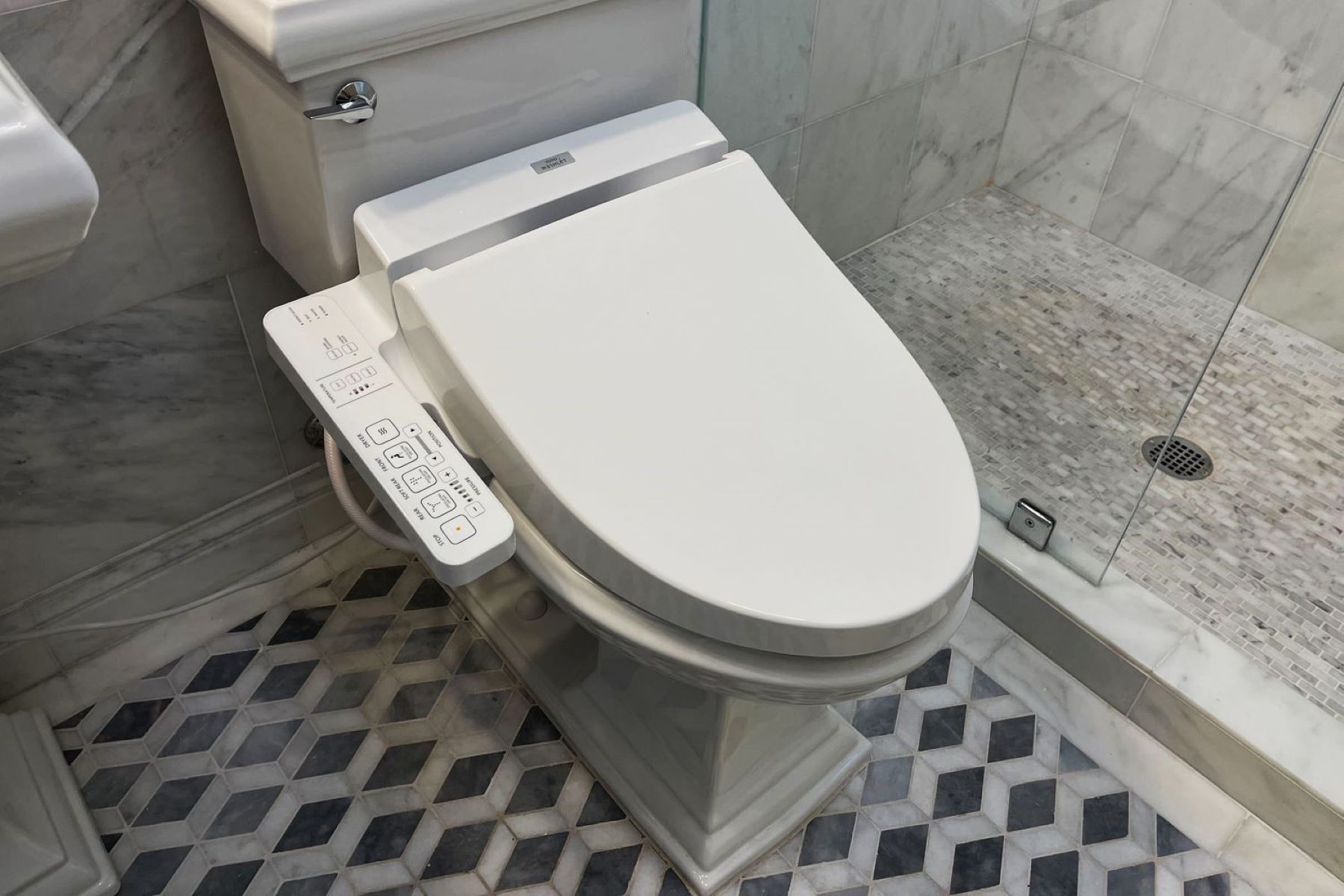
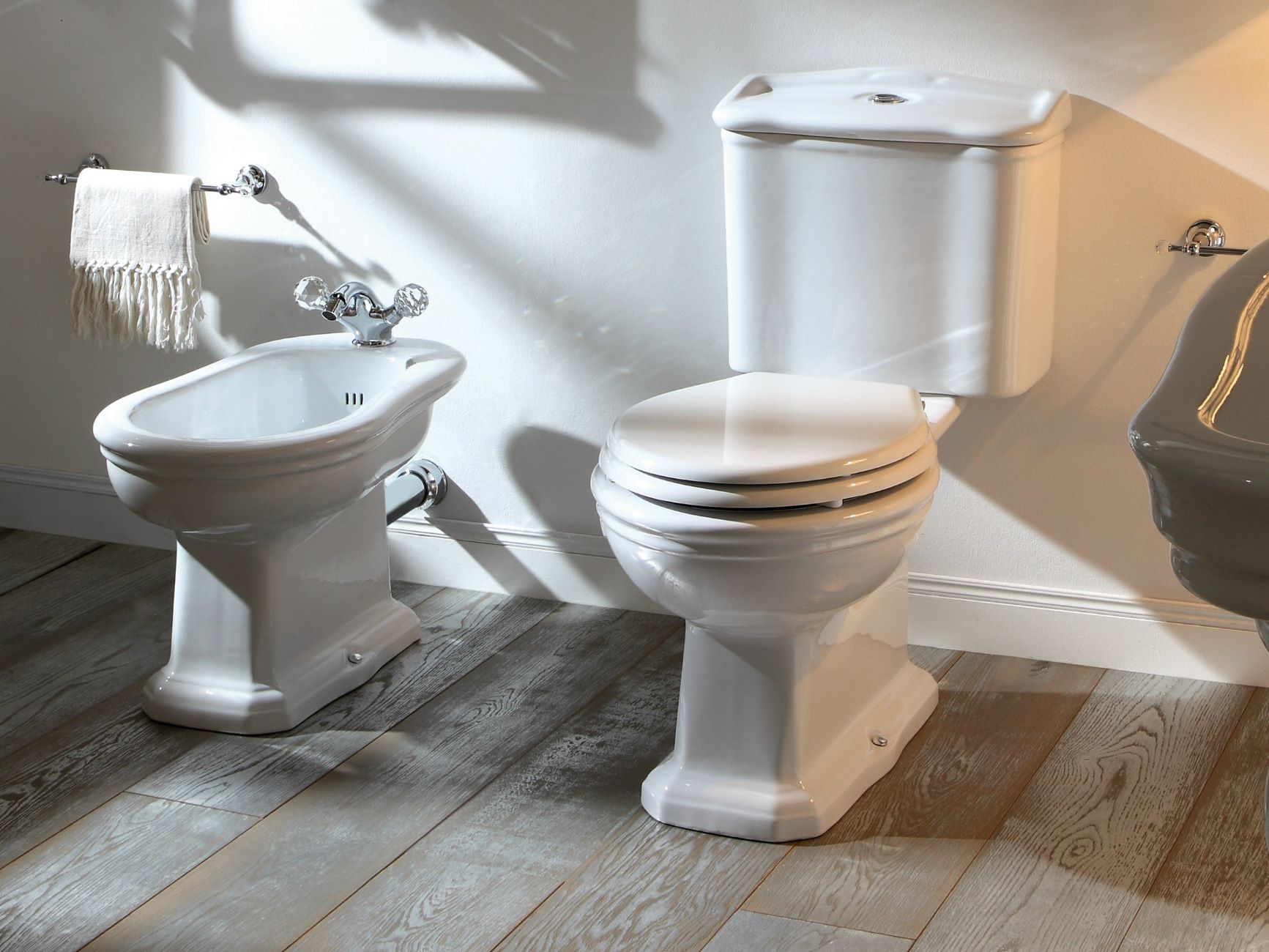
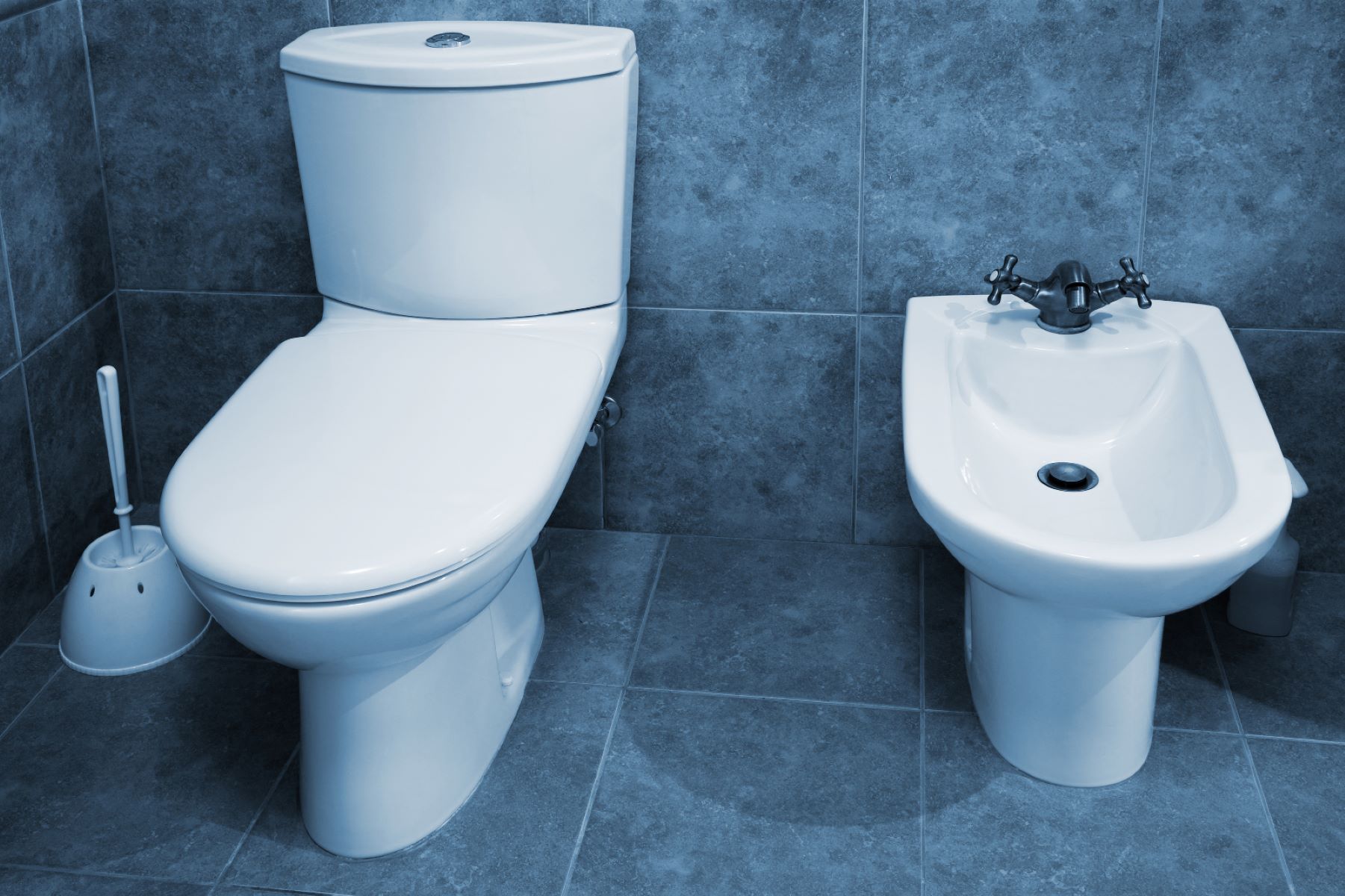
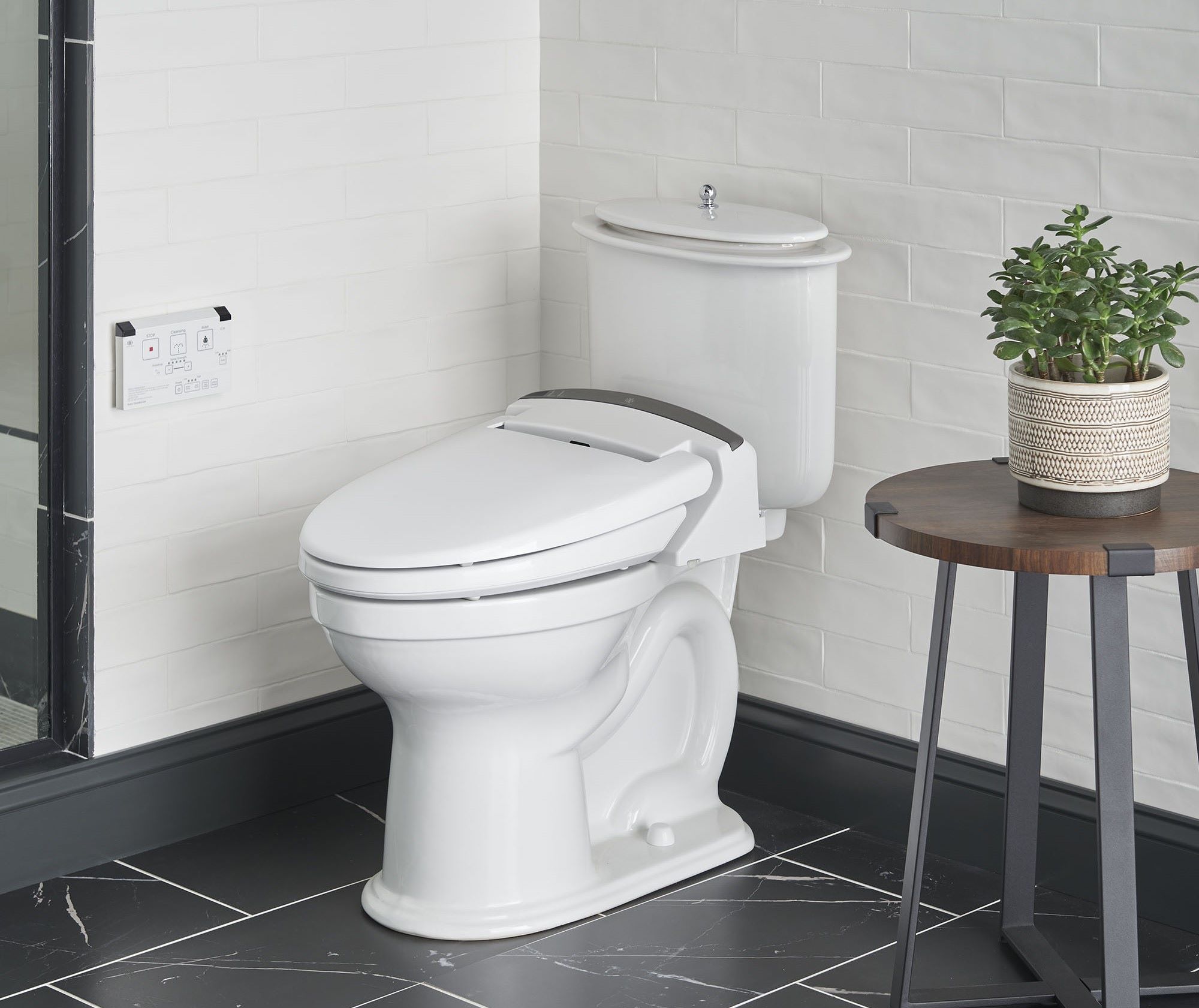
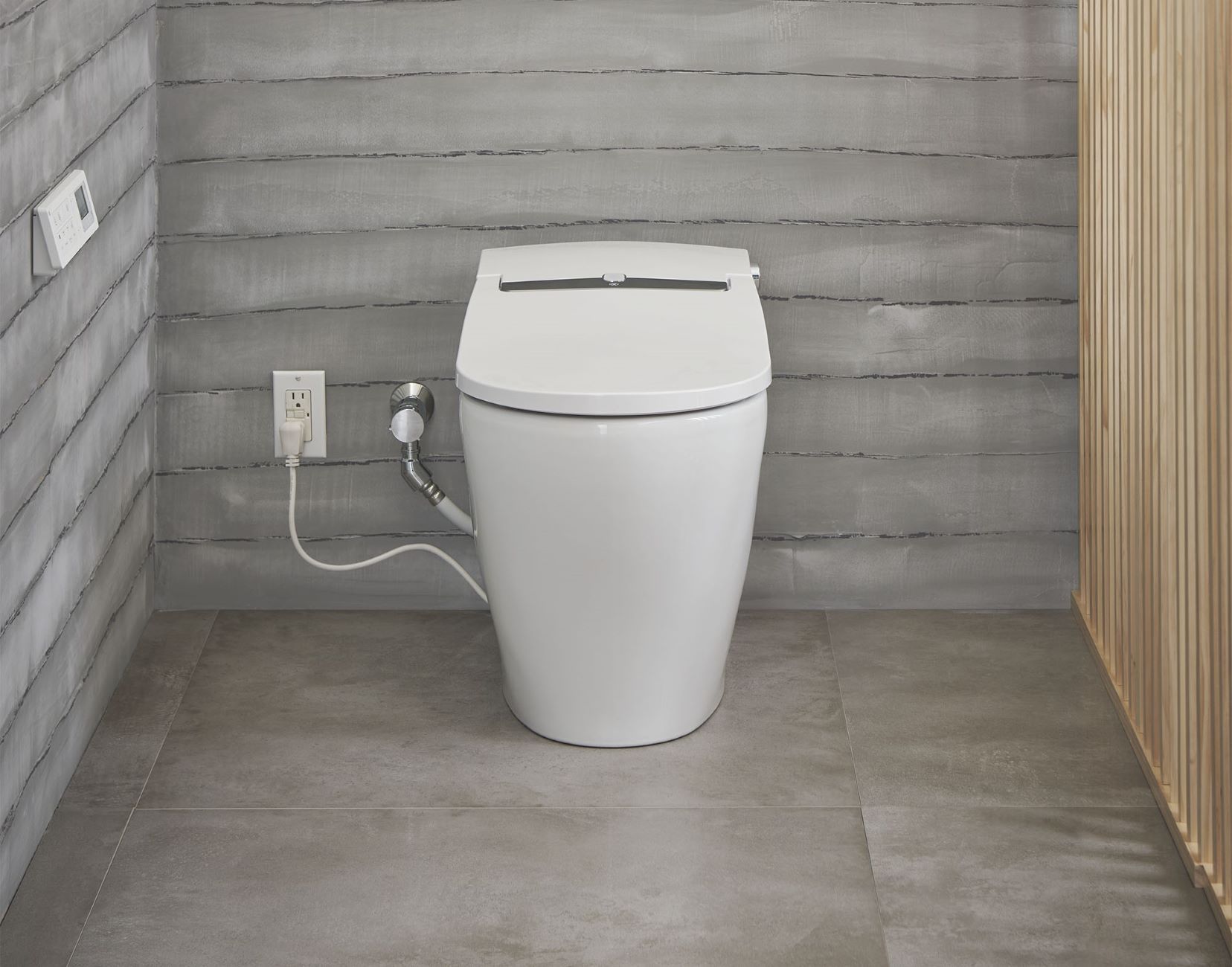
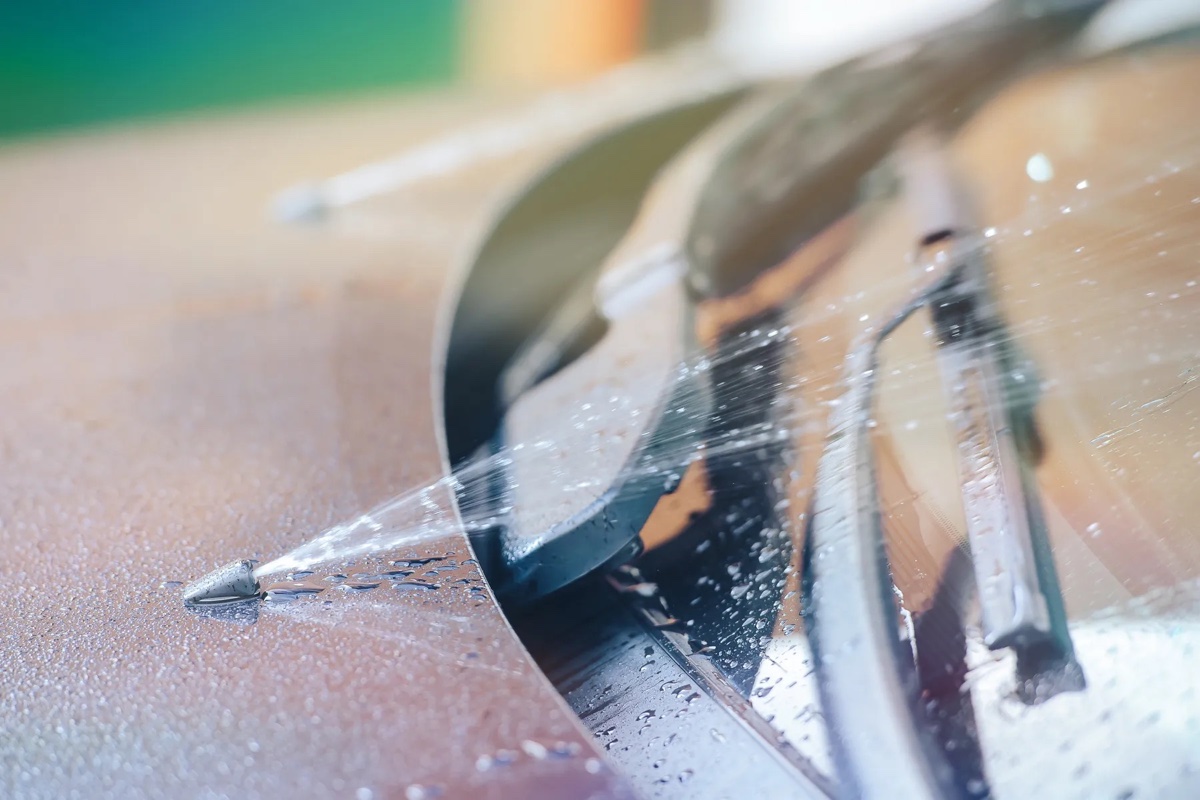
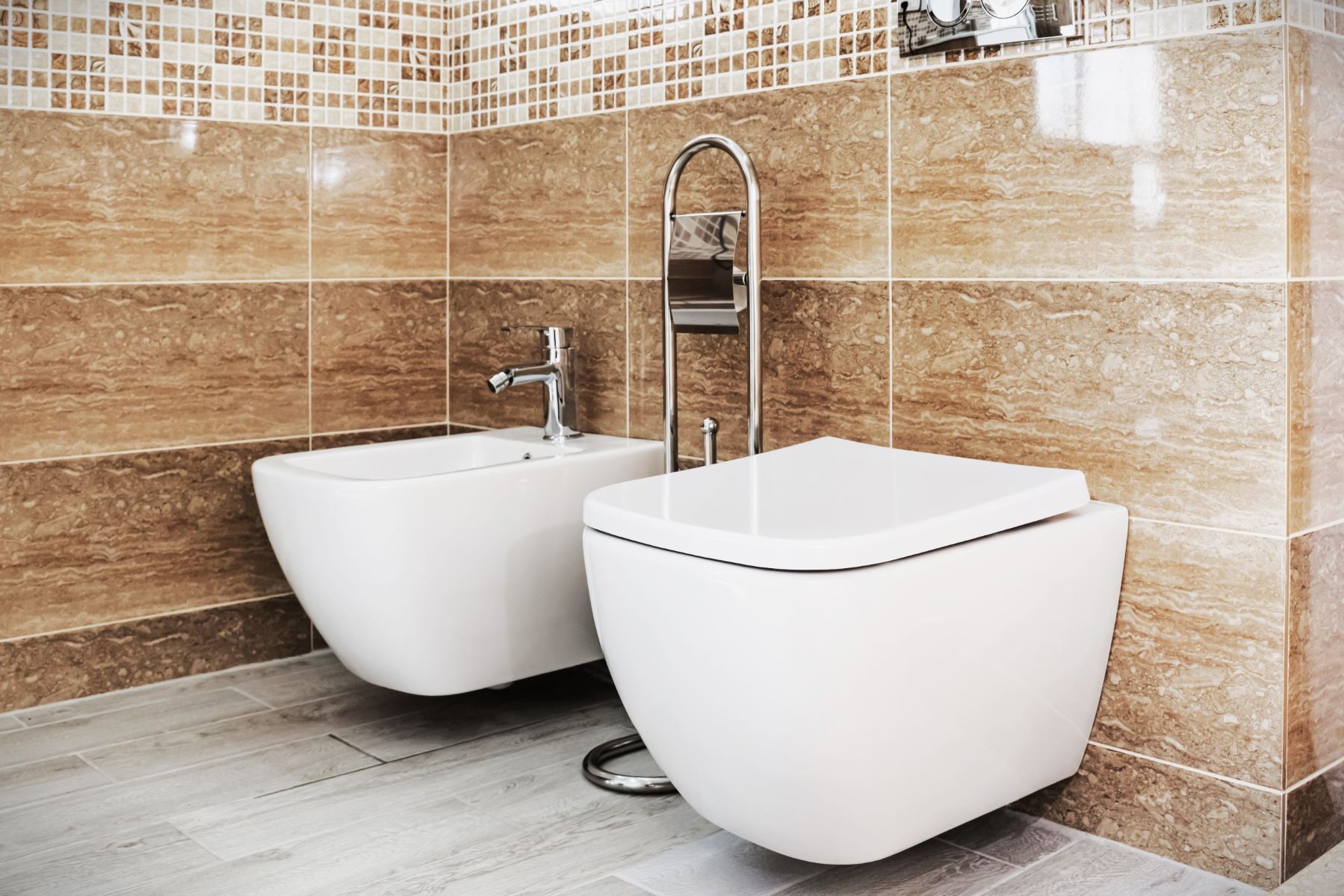
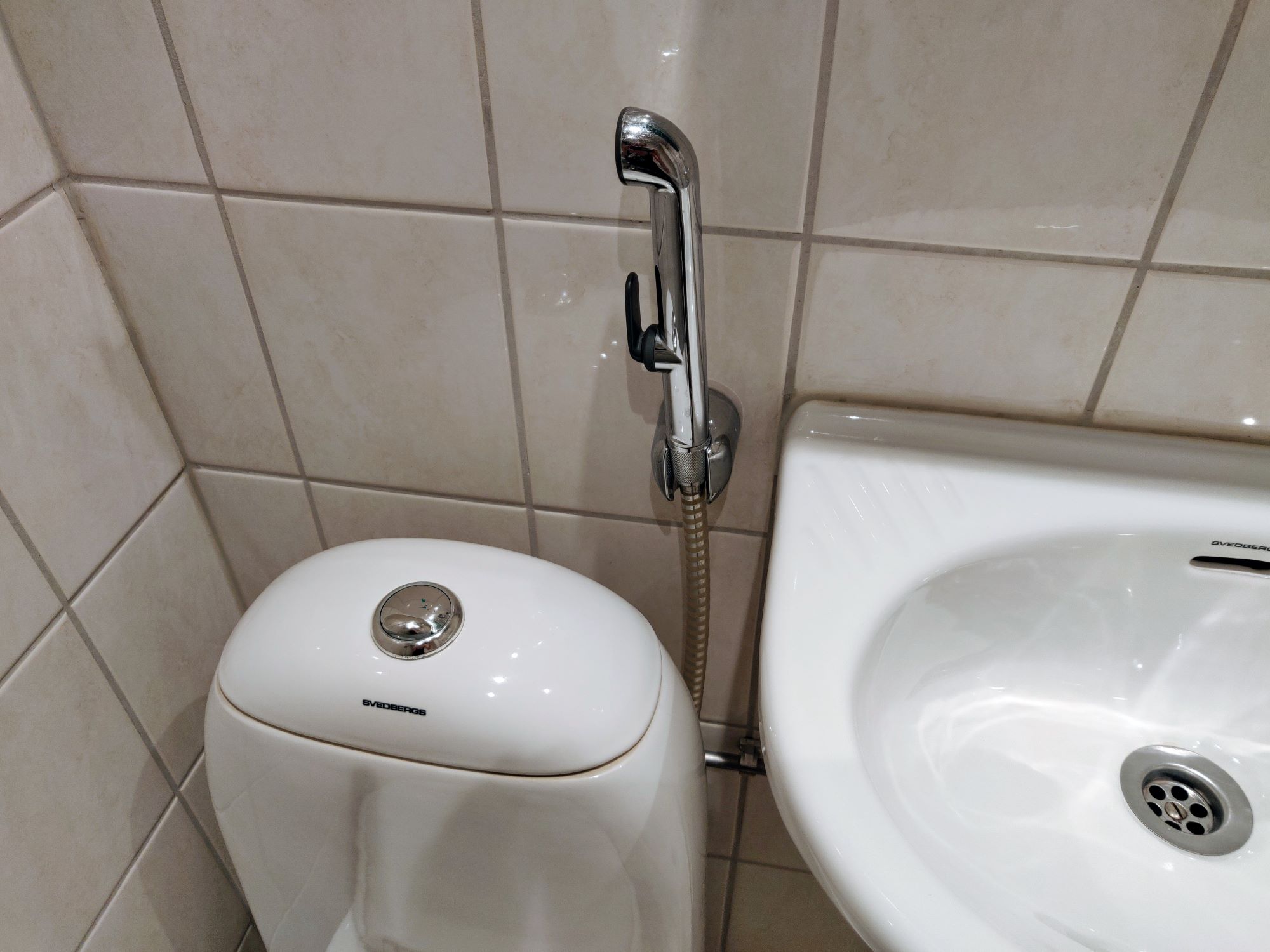
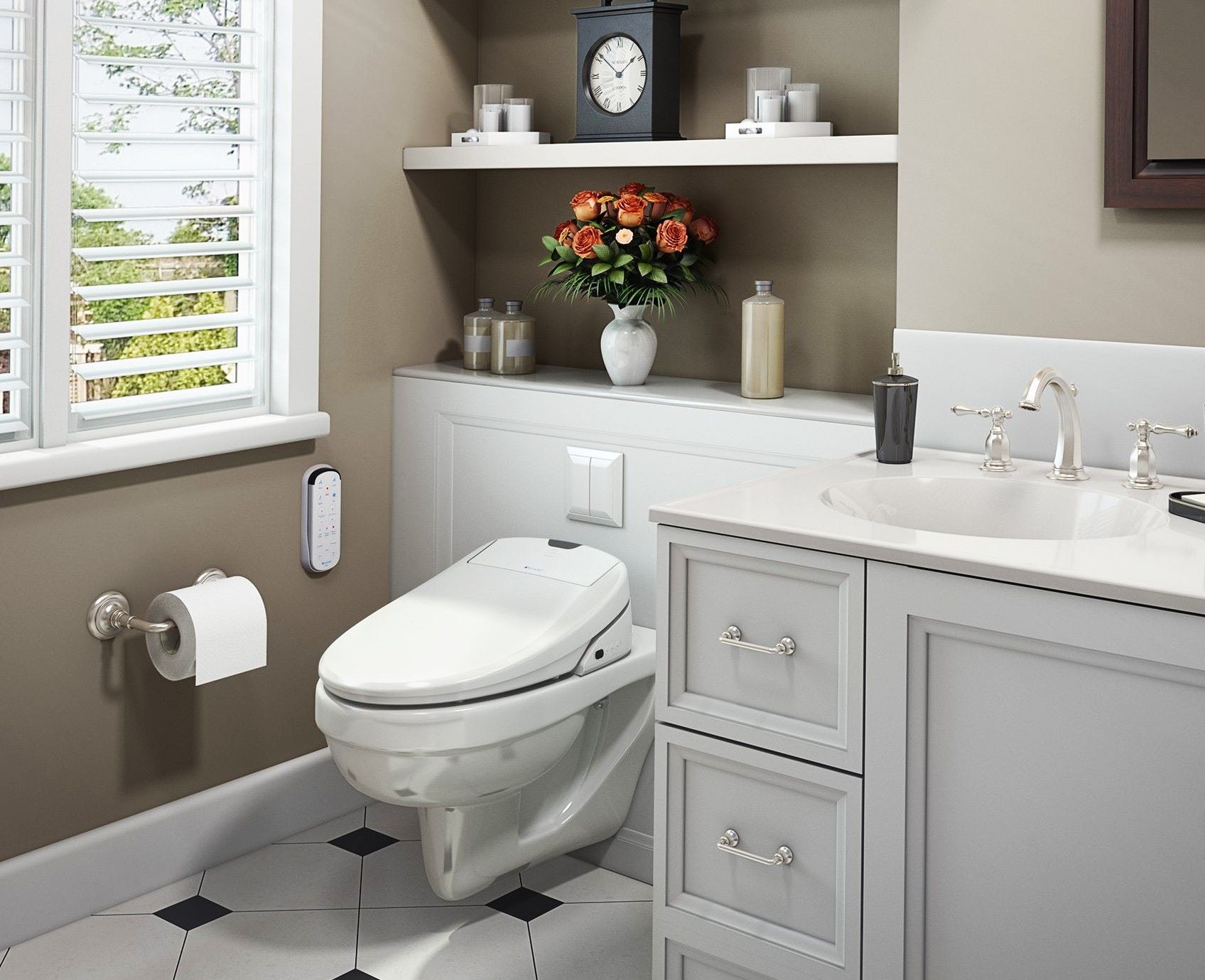
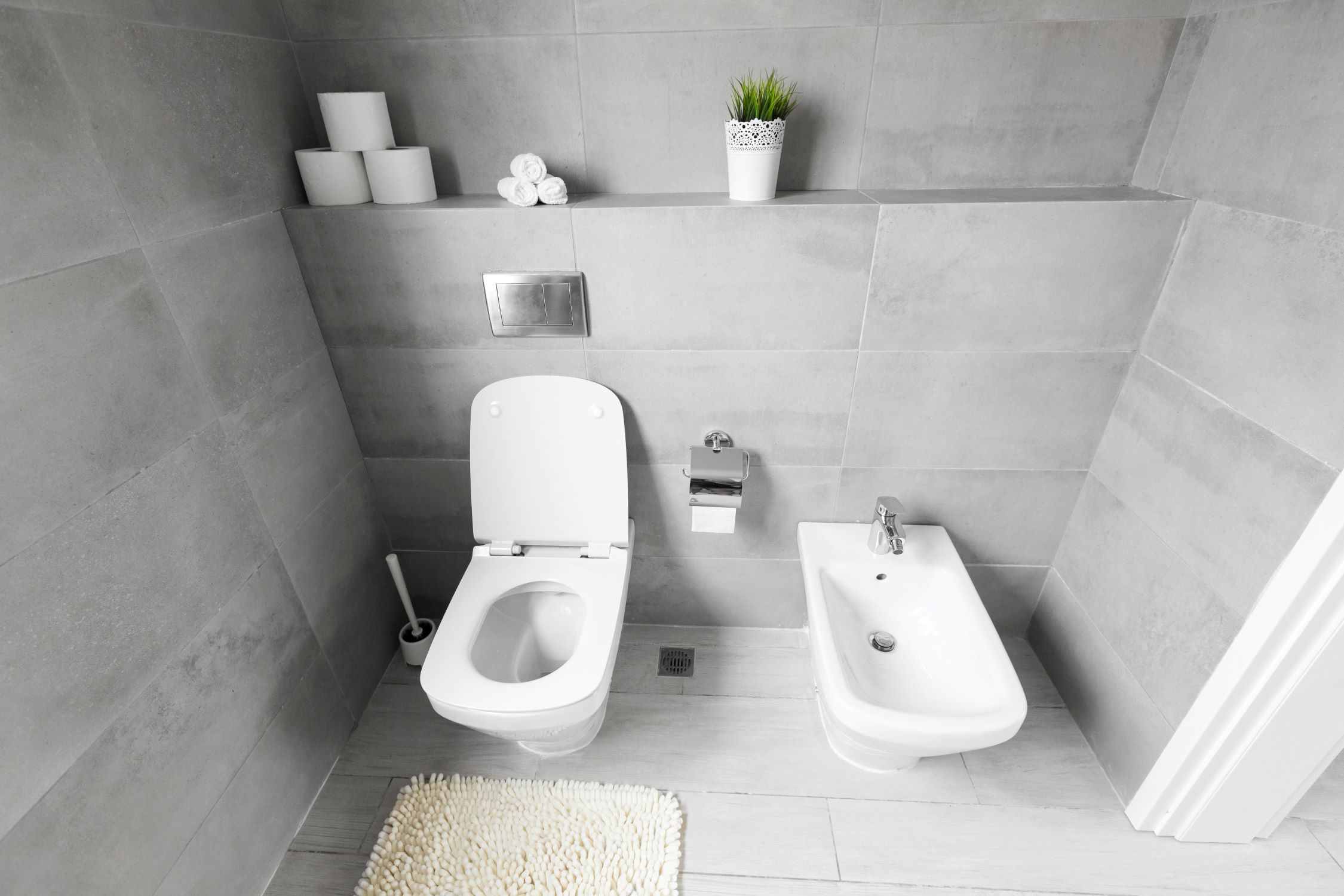

0 thoughts on “How To Clean A Bidet Nozzle”